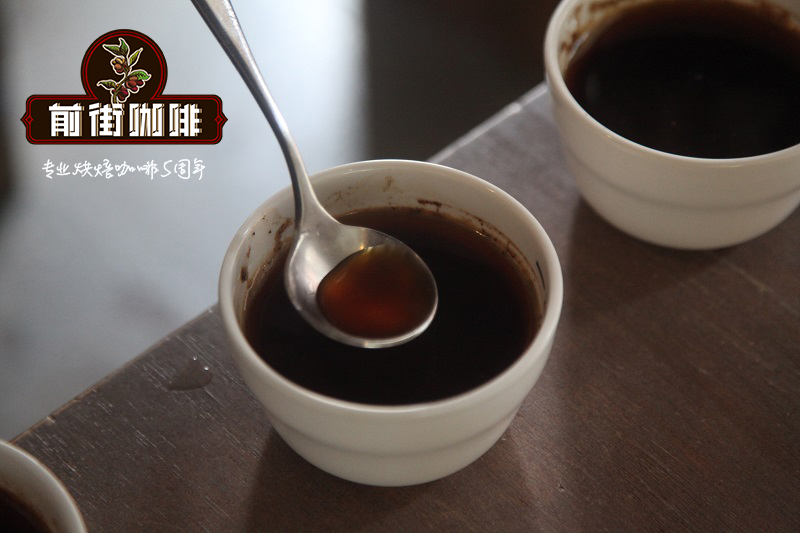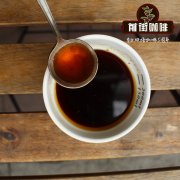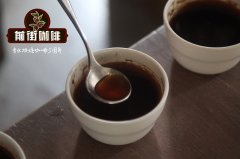Classification of Kenyan coffee how to drink Kenyan coffee? Characteristics of Kenyan aa Coffee

Professional coffee knowledge exchange more coffee bean information please follow the coffee workshop (Wechat official account cafe_style)
From the crops in the mountains to the drinks in our hands, coffee has gone through five steps: planting, harvesting, processing, roasting and extraction. All the classifications we have seen so far are basically based on different factors / methods in these steps.
Kenya is a model country for producing fine coffee beans. Coffee was introduced from Britain in 1900. Only traditional Arabica did not have the best bourbon species of SL28 and SL34 in Kenya until 1950. All water treatment methods and graded AA PLUS ·AA ·AB system were adopted, but this is only the difference of particle size uniformity, which does not represent the difference of quality. The high quality altitude is from 4200 to 6800 feet. From 2009 to 2010, due to the influence of global warming and pathological changes, the output decreased before the price rose, and then the high-quality coffee continued to rise with the irreplaceable BlackBerry flavor of Kenyan coffee, making good Kenyan beans at a high price. The larger coffee beans have a high wine aroma of BlackBerry acid, which can be harvested twice a year. 4-June is the production season, and 10-December is the main harvest season.
Most of the coffee beans are graded by the Kenya Coffee Bureau and sold at the auction venue. The system of public auction can be traced back to the way of auction before 1934. Kenya has 50 licensed agents who send sample beans to their customers for cup testing. Customers can bid for their favorite coffee at the auction. But this approach seems to encourage intermediary agents to erode farmers' income, so in 2006 Kenya opened 32 more independent sales agents to contact foreign coffee buyers directly without going through auctions. however, these must meet the standards such as Kenya Coffee Bureau's guarantee for quality storage banks before they can be sold. The two systems operate in parallel at the same time, and after several years of development, it is the most transparent auction distribution system. The better the quality of coffee, the better the price through the cup, so that more cooperatives and farms are willing to join, but I think the latter can get first-hand information in direct contact with farmers.
Coffee grading in Kenya
E refers to the elephant, but not the elephant bean species in the breed. Generally speaking, there are two seeds in a fruit, affixed face to face, so there will be a flat side, called flat beans, mother beans or double beans. E is a bean in which two seeds stick together in the process of growing up and become oversized. A small amount is a naturally occurring variation.
The hole of AA screen is about 7.20mm, the price of this grade is better.
The filter size of AB An is 6.80mm and that of B is 6.20mm. These two are sold together, so they are called AB. In a harvest, most of the coffee beans will be concentrated in this grade.
PB is called Peaberry in English and small round beans in Taiwan, or public beans or single peas, relative to ordinary flat beans. It is rare to get small and round beans because there is only one seed in the fruit. The effect on flavor is inconclusive, and some people like it so much that PB will be singled out for sale.
C the hole size is 4.8 mi 5.6 mm, which can be regarded as a small grain of beans.
TT is usually a defective bean that falls to this level. Cry.
From T to this level, there are usually only crumbs, defective beans, and small beans less than 4.8 mm.
Beans of very poor quality, such as MH/ML overcooked and dropped on the ground, will not be exported.
Commonly seen as AA+, AA++, AA Top, AB+, is the trader's own grading, not in the official system of Kenya. Different trade associations have different definitions, so just refer to it.
There are also beans from Kenya AA in the front street coffee. Kenya asali and Carrogoto are all from Kenya AA. It is recommended that the hand brewing parameter is 90-92 ℃, the ratio of powder to water is 1:15, and the brewing time is two minutes and 20 seconds. The entrance is bright sour virgin fruit, honey-like sweetness.
Qianjie coffee: Guangzhou bakery, the store is small but a variety of beans, you can find a variety of unknown beans, but also provide online store services. Https://shop104210103.taobao.com
Important Notice :
前街咖啡 FrontStreet Coffee has moved to new addredd:
FrontStreet Coffee Address: 315,Donghua East Road,GuangZhou
Tel:020 38364473
- Prev

What are the characteristics of Kenyan coffee? Kenyan coffee beans
Professional coffee knowledge exchange more coffee bean information Please pay attention to the coffee workshop (Wechat official account cafe_style) what is the classification of coffee beans usually when we look at individual coffee, we often see a long name sandwiched with one or two acronyms, such as PB, AA, G1 and so on, which actually represent the grade given by the producing country. On this earth, there is no
- Next

Kenyan coffee bean flavor Kenyan coffee grading method Kenyan coffee
Professional coffee knowledge exchange more coffee bean information please pay attention to the coffee workshop (Wechat official account cafe_style) is located in Kenya below the equator of East Africa, the coffee beans planted are high-quality Arabica species, thick and round coffee beans, the grade is divided into seven grades according to the size of coffee beans, and the taste is divided into six grades from top to bottom.
Related
- Beginners will see the "Coffee pull flower" guide!
- What is the difference between ice blog purified milk and ordinary milk coffee?
- Why is the Philippines the largest producer of crops in Liberia?
- For coffee extraction, should the fine powder be retained?
- How does extracted espresso fill pressed powder? How much strength does it take to press the powder?
- How to make jasmine cold extract coffee? Is the jasmine + latte good?
- Will this little toy really make the coffee taste better? How does Lily Drip affect coffee extraction?
- Will the action of slapping the filter cup also affect coffee extraction?
- What's the difference between powder-to-water ratio and powder-to-liquid ratio?
- What is the Ethiopian local species? What does it have to do with Heirloom native species?

